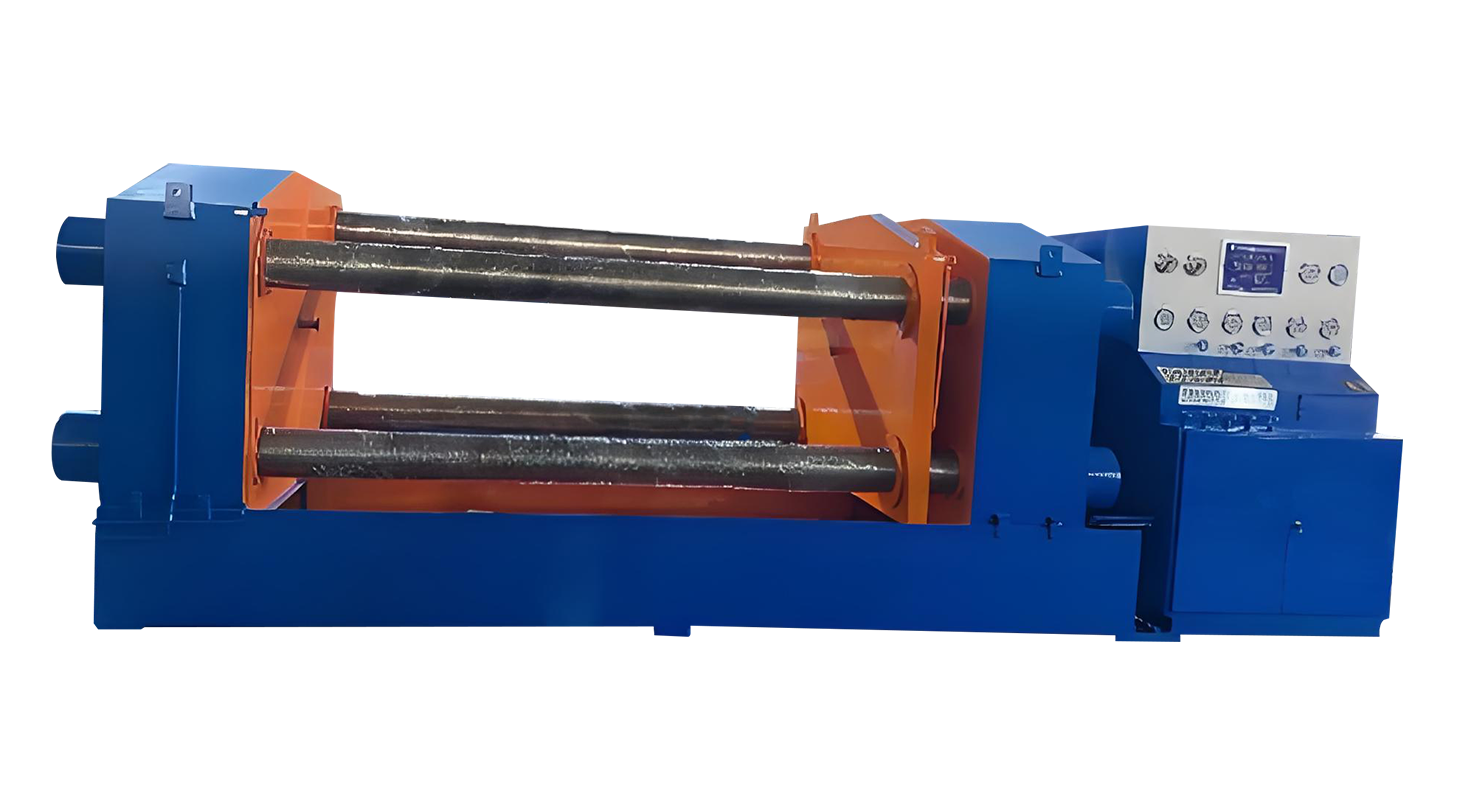Aug 01, 2025
Ensuring the operational safety and integrity of valves is fundamental in chemical processing environments, where equipment routinely encounters high pressures, variable temperatures, and corrosive substances. Against this backdrop, the capacity to verify valve performance with both precision and efficiency is critical—not only for minimizing unplanned shutdowns but also for sustaining production continuity. This case study explores how one chemical facility introduced a modern valve test bench, resulting in substantially reduced testing cycles, enhanced process consistency, and improved documentation practices.

Context and Objectives
A medium-scale chemical production plant located in East China operates multiple process lines, incorporating several hundred valves distributed across critical systems. To maintain compliance with stringent safety standards and internal preventive maintenance policies, routine valve testing was mandatory. Historically, the facility relied on fully manual testing methods, necessitating significant preparation time, handwritten logs, and frequent manual adjustments during pressure application.
These practices posed a range of challenges. Individual valve test cycles often extended beyond 45 minutes, creating persistent pressure on maintenance schedules and contributing to periodic bottlenecks. Manual pressure monitoring introduced variability in test conditions, occasionally resulting in deviations from target parameters or the need for retesting. Furthermore, the dependence on paper-based documentation complicated data retrieval, particularly during regulatory inspections or customer audits.
In response, plant management defined clear targets: to lower the average testing duration by no less than 25%, improve repeatability and uniformity of results across operators and shifts, and transition to a digital recordkeeping system that could streamline reporting and improve traceability.
Deploying a Modern Valve Test Bench
To accomplish these objectives, the facility invested in a hydraulic valve test bench equipped with integrated digital monitoring and programmable control systems. The selected platform was engineered to accommodate a broad spectrum of valve geometries and connection types while supporting test pressures up to 70 MPa—an essential capability given the diversity of media processed onsite.
One of the most transformative elements was the adoption of automated pressure regulation. Operators could predefine the target parameters, with the system maintaining specified pressure levels autonomously throughout the test sequence. This functionality reduced reliance on manual oversight and mitigated fluctuations that previously undermined repeatability.
The transition from mechanical clamping systems to hydraulic fixtures contributed further efficiencies. Even force distribution across the valve body minimized sealing inconsistencies, shortened preparation times, and allowed operators to conduct tests with greater confidence. A central touchscreen interface served as the primary control hub, enabling the configuration of testing routines and offering real-time visibility into active parameters. In addition, embedded data logging features ensured that each test cycle was documented electronically, providing a structured repository of performance records.
Implementation Strategy and Process Integration
Integrating the new test bench required a comprehensive overhaul of established workflows. Prior to deployment, all maintenance personnel completed structured training modules covering system operation, digital configuration, and updated safety protocols. The training emphasized not only the technical aspects of configuring tests but also the interpretation of digital outputs and recognition of system alerts.
While the transition demanded a period of adjustment, operators reported that the consistent, visual presentation of pressure and flow trends significantly reduced ambiguity regarding test status. Over time, familiarity with the interface and automated controls contributed to smoother execution of test sequences.
To reinforce long-term accuracy, the plant implemented a revised calibration schedule to mitigate sensor drift and maintain alignment with regulatory standards. Standardized test profiles for common valve types were programmed into the system, enabling operators to initiate pre-approved configurations with minimal setup. Ancillary tools and clamping fixtures were reorganized and clearly labeled to support faster changeovers between different test requirements.
Outcomes and Performance Gains
After six months of operation, the facility conducted an evaluation comparing the new workflow against historical benchmarks. The average test cycle time had decreased to approximately 28 minutes—a reduction of nearly 38% relative to the previous process. This improvement alleviated pressure on maintenance schedules and allowed teams to complete more inspections within the same operational window.
Moreover, the enhanced repeatability of digital pressure controls led to greater consistency in test outcomes, regardless of which operator conducted the procedure. The reduction in retests not only preserved resources but also contributed to a more predictable maintenance rhythm. Safety performance also benefitted: integrated emergency stop functions and interlock safeguards minimized exposure to overpressure incidents and improved response capabilities in the event of anomalies.
Perhaps most significantly, the adoption of electronic recordkeeping transformed documentation workflows. Maintenance staff were able to produce comprehensive test histories and compliance reports within minutes—an improvement that proved particularly valuable during both customer audits and internal reviews.
Key Lessons and Strategic Recommendations
The project yielded several insights relevant to other organizations evaluating similar investments. Chief among these was the recognition that technology alone does not resolve procedural challenges; robust training and clear communication are equally vital. Even sophisticated systems require that operators understand both the rationale for each test step and the practical mechanics of system configuration.
Additionally, pre-configuring standard test protocols for frequently serviced valve types delivered immediate operational benefits by reducing preparation times and ensuring uniform practices across teams. Regular calibration and preventive maintenance emerged as critical factors in sustaining system performance and minimizing unplanned downtime.
Finally, cross-functional collaboration between maintenance, quality assurance, and procurement teams played a pivotal role in avoiding delays and aligning the system specification with operational priorities.
This case study illustrates how the integration of a hydraulic valve test bench with digital monitoring capabilities can yield substantial improvements in efficiency, consistency, and regulatory compliance within a chemical processing environment. While such an upgrade necessitates thoughtful planning, investment in training, and the recalibration of existing workflows, the long-term outcomes—including shorter testing cycles, more predictable results, and improved data integrity—demonstrate clear operational value.
For facilities contemplating similar enhancements, a structured assessment of existing practices, combined with a commitment to capacity building and supplier collaboration, provides a strong foundation for a successful transition to more advanced valve testing capabilities.